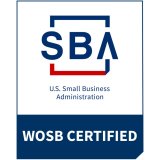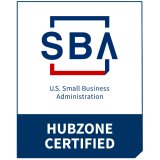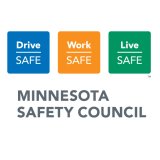Why do OSHA formulas require us to subtract 7 dB from the Noise Reduction Rating (NRR)?
The 7dB reduction is a correction to be used with the employee's A-scale noise measurements. Most people are surprised to learn that the current NRR system was developed in the 1980s for use with C-scale workplace noise readings (the C-scale is a broad-spectrum frequency setting on sound level meters and dosimeters). Employee time-weighted-average noise exposures, however, must be calculated with an A-scale frequency setting on the sound measurement equipment (the A-scale is a weighted frequency setting more closely matched with human damage-risk criteria). The bottom line: if the employer has A-scale noise information, but not C-scale, then a 7 dB correction factor is required when using the NRR to assess hearing protection for the workplace.
For more information, check out our SoundBytes newsletter article, The NRR: What's in a Number?
- How do CavCom's high-fidelity filters work and how are they different from traditional filters and vents?
- How often should custom earplugs or earsets be replaced?
- What is NRR or Noise Reduction Rating?
- What is the Personal Attenuation Rating (PAR)?
- Does OSHA require hearing protection de-rating (cut the Noise Reduction Rating (NRR) in half)?





